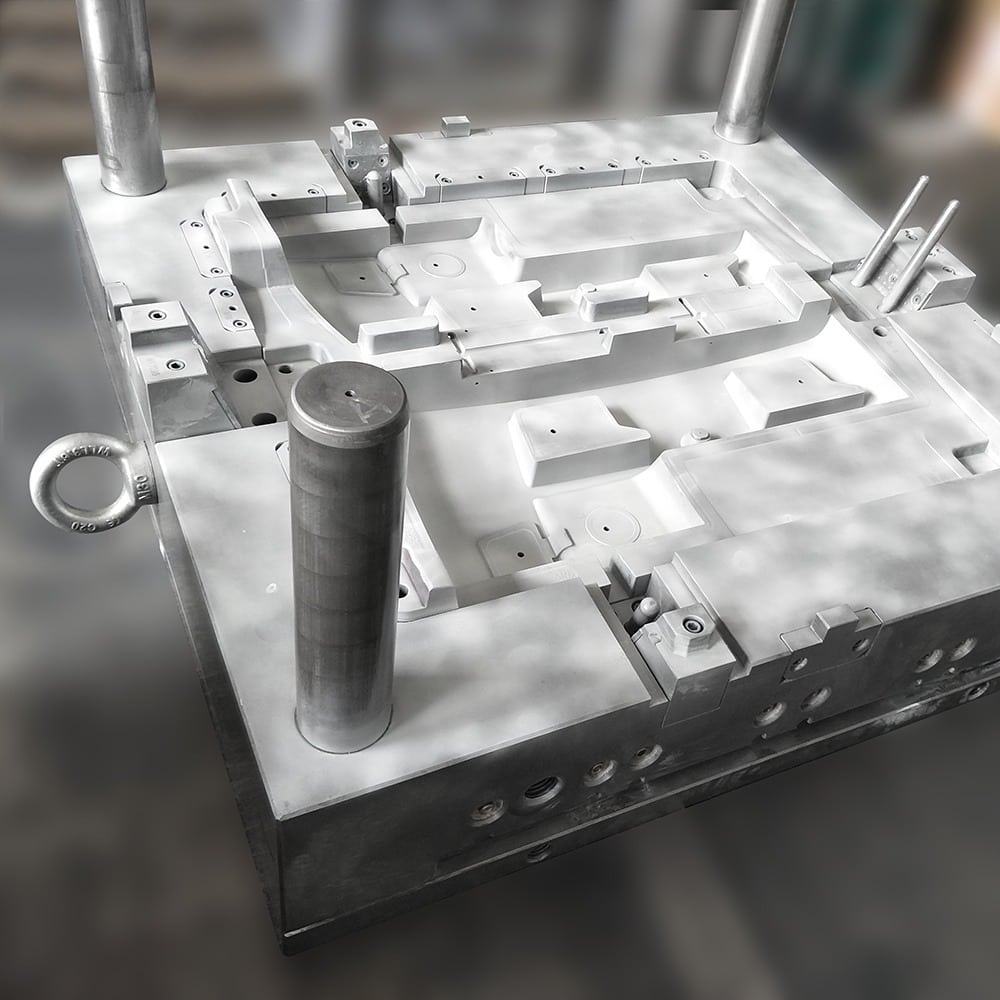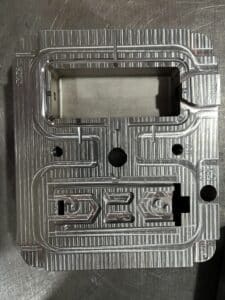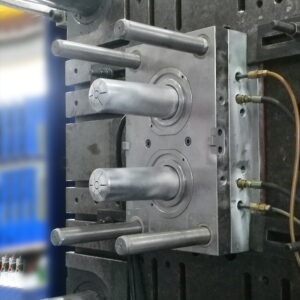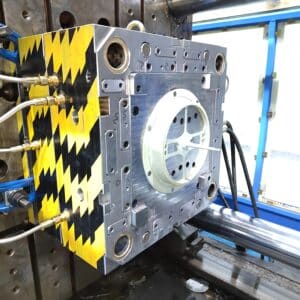Sharing of Process Specifications for Grinding and Polishing of Injection Mold Surface
1、 Preparation before grinding and polishing
1. The grinding and polishing personnel must be trained and pass the examination and obtain the work license before they can go on duty.
2. Specify the process requirements, materials and initial state of the workpiece, as well as the processing position, shape, size and polishing accuracy requirements of this process.
3. Before polishing, check whether the surface to be polished has defects such as edge collapse, corner collapse, over cutting, deformation and sand hole, and whether the remaining polishing allowance is sufficient.
4. Tools, fixtures, main and auxiliary materials applicable to this process shall be selected reasonably according to the process specification.
5. Properly protect the workpiece according to the process requirements.
6. Re confirm steps 1-5 before entering the operation procedure.
2、 Clamping and protection of workpieces
1. For higher or longer workpieces below 20Kg, bench clamp is required on the polishing workbench.
2. For larger and heavier workpieces, front and rear magnets and screw clamps must be used for fastening on the polishing workbench.
3. When using the working car to grind and polish the workpiece, wedges or relevant measures must be taken to ensure stable work and ensure work safety.
4. For small workpieces and workpieces whose profile is easy to be bruised and scratched, rubber plates must be used to protect this type of surface.
5. Workpieces with sharp corners and corners must be protected with adhesive tape and adhesive paper to prevent injury or damage to personnel and workpieces.
6. For the workpieces that need to maintain the edge and sealing position, the side of the workpieces that need not be polished temporarily can be fixed and protected by a stop (saw blade or iron blade) or a stop to prevent the edge chamfering and rounding.
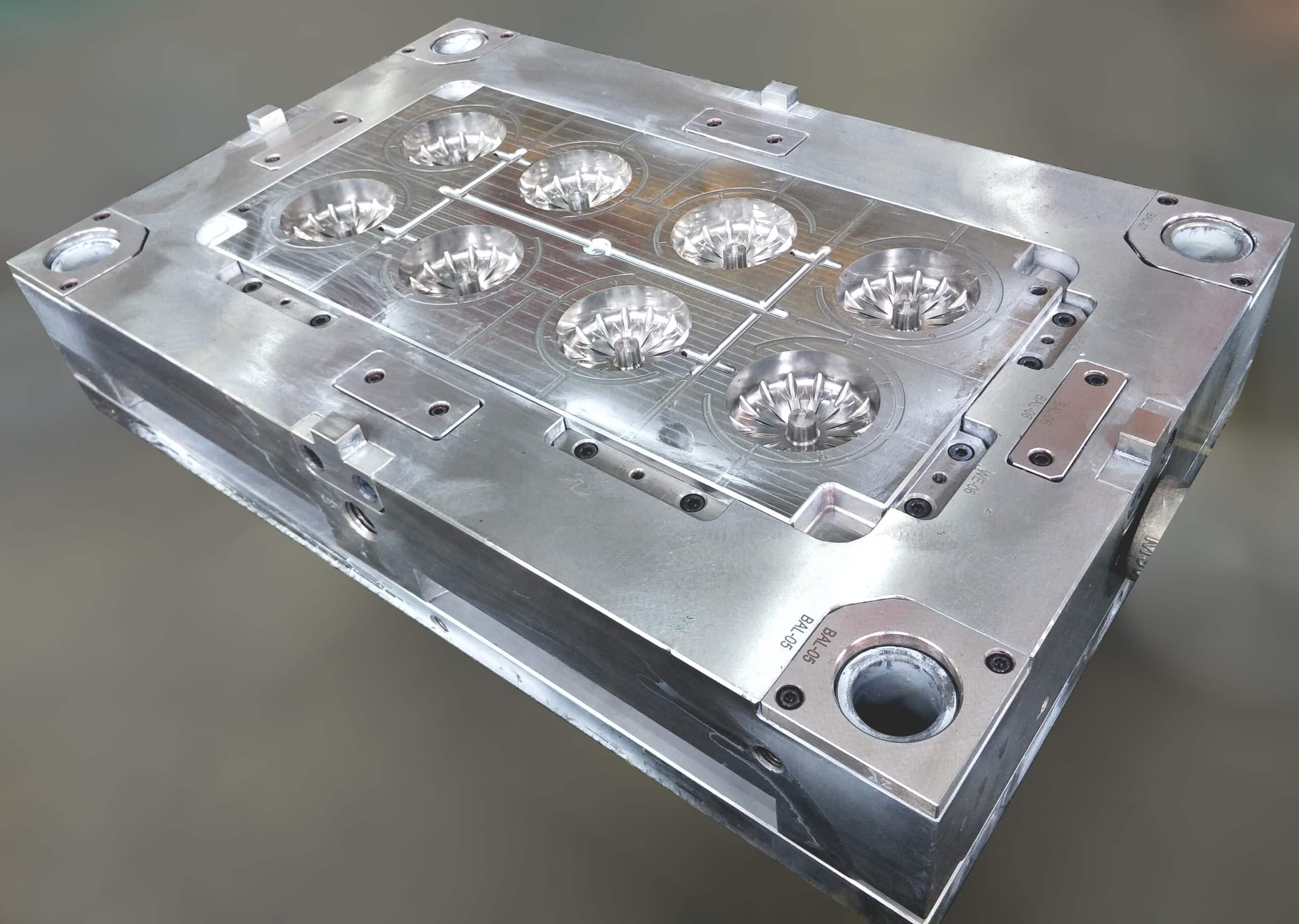
Multi-Cavities Molds
3、 Self inspection content and scope
1. Whether the sealing surface is collapsed and rounded;
2. Whether the original die out slope is damaged;
3. Check the size of each polished surface to see if it exceeds the reserved amount;
4. Whether the fillets at the bottom of the cavity are recessed into the side and bottom surfaces;
5. Whether there is any inverted inclination;
6. Whether the roughness has met the drawing requirements;
7. After the self inspection is qualified, it shall be sent to the team leader (or inspector) for inspection.
4、 Precautions for polishing operation
1. Before grinding, check whether the grinding allowance is sufficient, and the grinding and polishing amount shall not exceed the reserved amount:
The amount of plane grinding and polishing after grinding shall not exceed the reserved amount by 0.05~0.06mm;
The grinding and polishing amount of ungrinded surface, electric erosion or wire cutting surface shall not exceed the reserved amount by 0.08~0.1mm;The unilateral and deep grinding and polishing amount of the reinforcement shall not exceed the reserved amount by 0.03~0.08mm.
2. When operating with the polishing machine, it is required to pay close attention to prevent the occurrence of grooves. If the margin is exceeded, it is not allowed to process at the same position for a long time;
3. After each grinding, it must be cleaned with Visa cloth, and then the next step shall be polished;
4. After each polishing, it must be wiped with cotton or soft paper, and then polish the next step.
5. Before polishing the mold, first determine the processing program:
According to different original surface conditions and roughness, select the process and tools with proper starting sequence and required sequence (diamond file, # sandpaper, oilstone).According to the geometric shape, basic roughness and process requirements of the mold cavity, determine the scope of use of electric tools and grinding tool heads, and strive to achieve targeted processing
6. Pay attention to the grinding and polishing of the sealing surface, especially the penetration of the special identification symbols of the parts and the sealing surface shall not cause rounded corners and collapse corners;
7. The polishing area shall be clean and tidy. Pay attention to the protection of the polished surface during the polishing process;
8. If some parts need to be polished together after assembly, they are not allowed to be polished separately;
9. After polishing, the polishing surface shall be self inspected and sprayed with anti rust oil after being submitted for inspection, and protection shall be done to prevent bumping and scratching;
10. All kinds of oilstones, sandpaper, diamond grinding paste and diamond files must be placed in special tool boxes with corresponding labels according to their models and specifications.
5、 Ultrasonic polishing machine
The purpose is as follows:
The clamping sintered diamond file is mainly used to process the electromachining layer of the bottom plane and side plane of the removal cavity;
The electroplated diamond file is clamped to remove the electromachining layer and rough cutting marks at narrow planes, cavity sidewalls, dead corners and sharp corners;
Clamp all kinds of oilstones to trim the form and position tolerance caused by rough machining and improve the roughness;
Clamping copper, softwood and hardwood, and adding grinding paste of various particle sizes to finish the machined surface.


